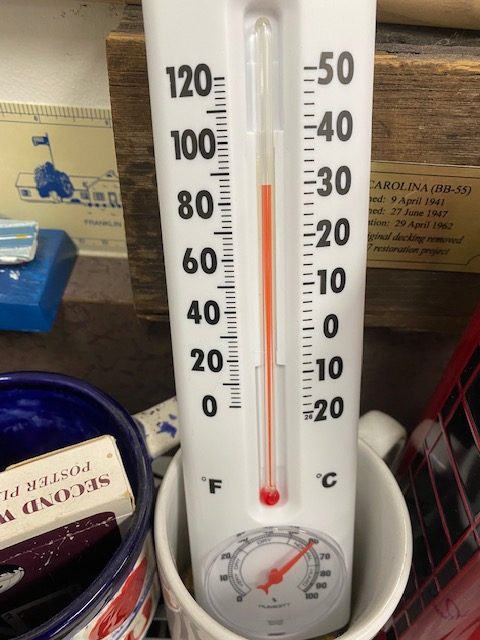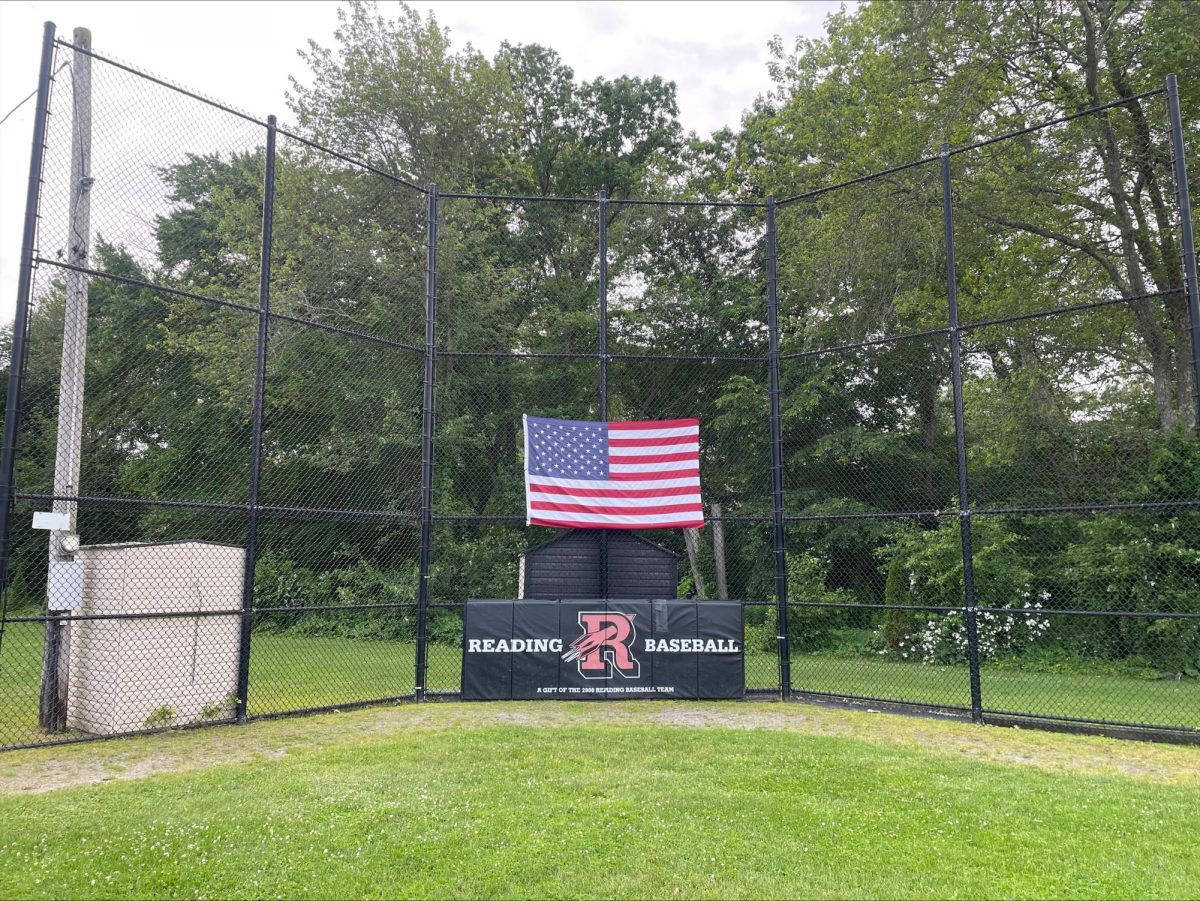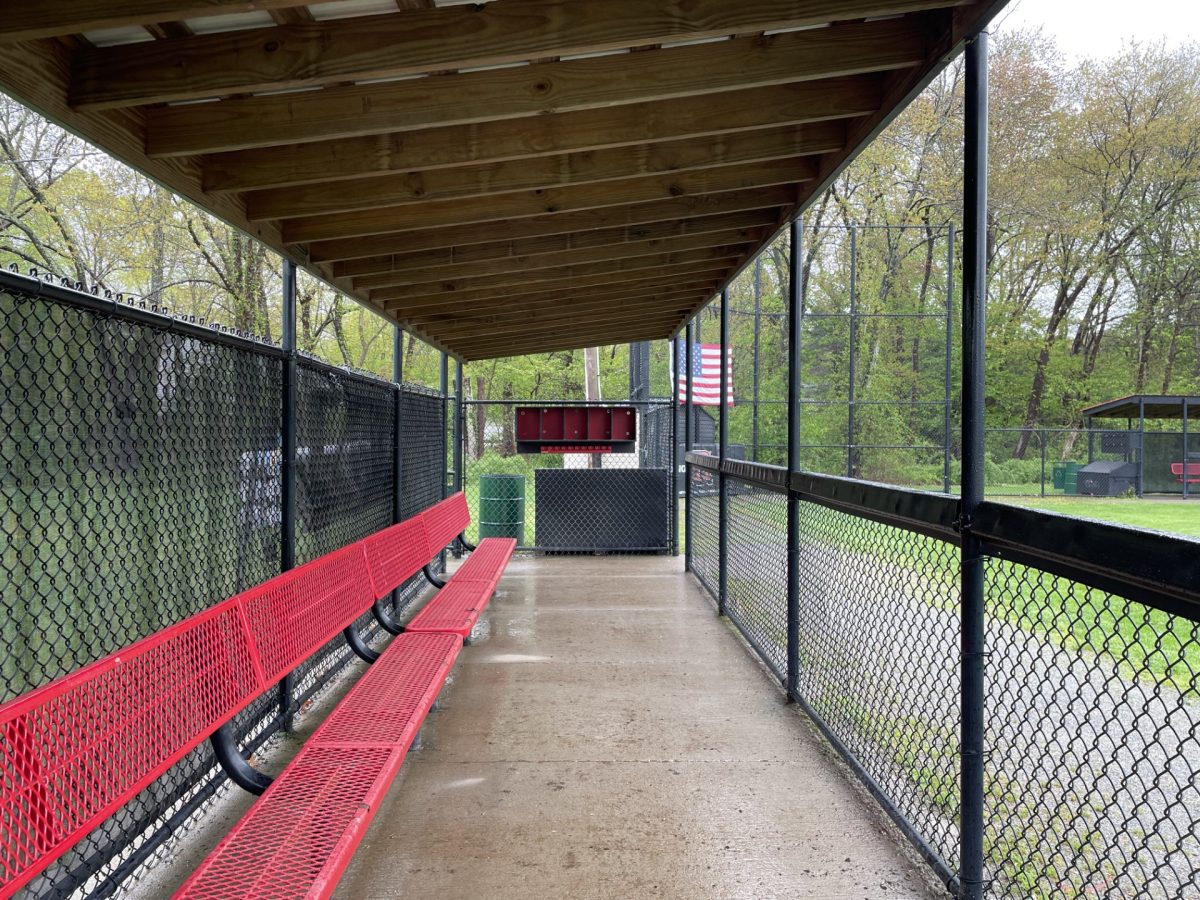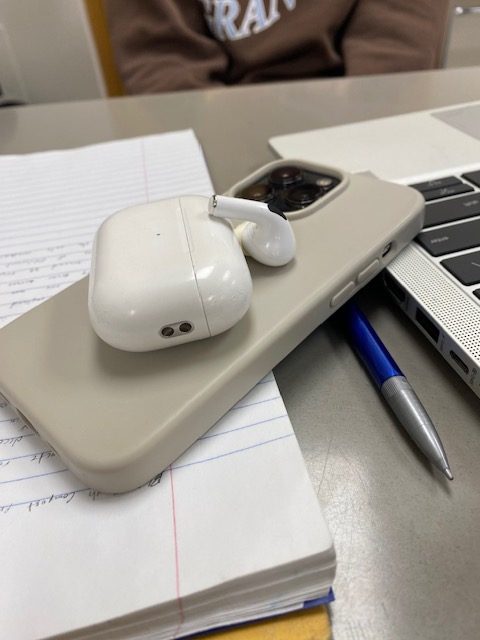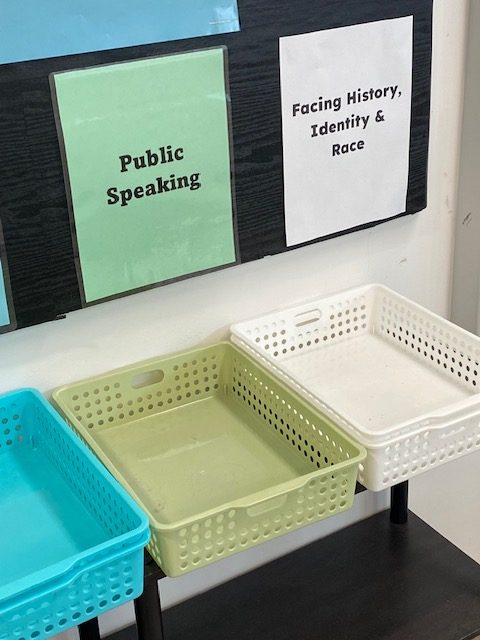Students in Mr. McSweeney’s D-block journalism class recently took on their first assignment in reporting. They were asked to collaborate on gathering information on a newsworthy topic and chose to gather information related to the temperatures in the school building during the second and third weeks of school. This article is the result of their combined reporting.
The Context
The recent issue of heat in schools has been gaining much attention from many prominent news outlets such as the CBS News Boston, CNN, and many more. The multiple articles written by these sources have gone over things like school cancellations and early dismissals, the struggles caused by heat, new school renovations, and the measures taken to protect students and teachers.
On the week of September 5, many schools in the area closed or released kids early due to the heat. Some canceled after school activities. In Reading, sports were canceled on Sept 6th and 7th, and students were dismissed early on Sept 7. Similar schedule changes were made for schools in the area. Massachusetts’ schools were not the only places affected by the heat. Public schools in Baltimore, Chicago, Detroit, and Philadelphia dismissed students early.
Many schools in the region are now being renovated in response to concerns about heat at school. According to an article published in the Boston Globe, schools in Framingham, Springfield, and 70 Boston Public Schools are adding air conditioning to some of their classrooms. Many schools also used their COVID relief money to add air conditioning.
The Reality at RMHS
Our team of journalists put Acu-rite brand thermometers in two classrooms here at RMHS, one in our third floor classroom–Room 332–and the second on the fourth floor, in Room 404. From September 5th to September 13th, a member of our class recorded a temperature from the thermometer each school day. Some days we gathered readings at different times in the day. We also recorded the relative humidity in our area as reported by the National Weather Service (NWS) from their local weather station in Beverly, MA. Finally, we combined our temperature readings with the NWS’s relative humidity readings on a heat index calculator to get a heat index reading. Heat index temperatures identify how heat is actually experienced by a real person in a given environment. In the time period for which we gathered data, heat index temperatures in both rooms were regularly in the 90s, and did exceed 100 on one day.
The National Weather Service (NWS) classifies heat index measurements according to levels of danger. Their classifications relate to spaces without direct sunlight where individuals may have “prolonged exposure” to heat. According to their classifications, between Tuesday, September 5 and Tuesday, September 12, our classroom and Room 404 never fell below heat index measurements that qualify as environments calling for “caution”. In fact, most days, the heat index in these rooms met the NWS definition of “extreme caution”. On the morning of Friday, September 8, the mix of heat (86 degrees) and relative humidity (88%) in both rooms registered a heat index of 104 degrees–for a classification of “danger” according to the NWS.
Also of note was that morning heat measurements within RMHS always exceeded the outside temperature at the same time, suggesting that the building holds heat from the previous day or is slow to cool down.
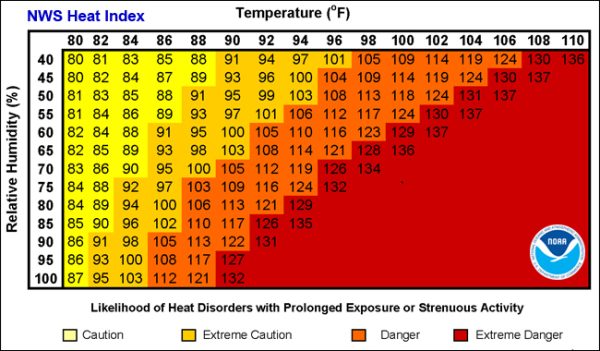
Ms. Greenbaum, a special education teacher on the third floor, stated, “We have to move all of our classes to air conditioned spaces. And it’s hard for us to teach you guys because we’re in the PAC with a bunch of other different classes.” A limited number of spaces in the school, like the library and PAC are air-conditioned. Senior Katherine Dougherty said, “I had a test in environmental science and we had to go in the library or something–and so we didn’t get any review class, Quizlet live stuff–so I just felt so unprepared and it was so chaotic.” The classroom that this student had to vacate is also on the third floor.
How frequent are hot days at RMHS? We checked the NWS’s data. We counted the number of 80+ degree days in Reading between May 1 and June 15 and added that to the number of 80+ degree days in September to calculate the number of 80+ degree days in the last two school years. In the ‘21-’22 school year there were 19 days that exceeded 80 degrees. In the ‘22-’23 school year, there were 14 days that exceeded 80 degrees. At time of publication, there have been 9 days so far this year that have met that mark.
The Science of Heat
Heat harmfully affects the body in various ways. When our body’s temperature goes above normal, we sweat. Sweating is necessary because it allows for water to be evaporated, therefore lowering the body’s temperature and returning it to a set point. When the air surrounding the human body is too hot and humid, the sweat can’t evaporate due to the already wet, humid air. This is extremely harmful to the human body because it will continue to overheat and fail to return to normal temperature if the humidity is too high. The sweat sticks to the body and creates an overall uncomfortable feeling that makes learning difficult at school.
Once our bodies begin to overheat, we start to experience a loss of water, salt, and other important minerals and nutrients that the body needs. Dehydration is a serious problem that’s extra harmful in the heat that can lead to fainting, dizziness, and more.
Ms. Reardon, the nurse at RMHS, gave insight to how students have reacted to the heat. Ms. Reardon stated, “Temperatures in the school have definitely been hot since the start of the year.”
According to Ms. Reardon the health office did see students for heat-related symptoms. She suspects, however, that those symptoms were exacerbated by students acclimating to the hot building and the new school year. “We’ve definitely had more kids with, you know, headaches or just feeling hot overall, but I feel like everyone was kind of adjusting to the beginning of the school year…I think a lot of it had to do with more hydration stuff and the heat and everybody adjusting.”
Heat directly affects students’ ability to learn, and teachers’ ability to teach. In a study, Associate Professor Joshua Goodman of Boston University found that MCAS and PSAT test scores fall when they are taken on hotter days. Millions of students’ data were collected during their 10th grade PSAT exam and then again during their 11th grade PSAT exam. The data showed that students tended to score lower in whichever year was the hottest.
Dr. Milaschewski’s Perspective
We spoke with the Superintendent of Schools, Dr. Milaschewski, to hear his take on the high temperatures we faced during the first few weeks of this school year. Dr. Milaschewski said, “The conditions were really difficult for learning, I think it was really difficult for students to learn in classrooms that are, you know, really hot. I think it’s really difficult for teachers to be at the top of their game when it’s really hot.” He added, “I just think, unfortunately, we had had a pretty smooth opening, and that just, put a little bit of a damper on it.”
As for whether or not COVID relief money could have been used to add air conditioning to RMHS, Dr. Milaschewski explained, “So we used most of our COVID relief funding for–if you look back at the budget–for positions in our schools.” With this funding some team chair positions were added along with special education teachers and an interventionist position as well, he explained.
Obviously RMHS is a large school making installing AC to be quite costly. Dr. Milaschewski did provide information about cost, though. “In 2018, there was an estimate for how much it would cost to put air conditioning in the building. And for the C Building, which is kind of the building that we’re in now in the high school, for just the second, third and fourth floor, it was $2 million. And they estimated that the cost of the entire building for the high school be $10 million to put entire AC in.” There are alternative options to this, though, which include installing what is known as a split system which pretty much is a way to install AC in an individual classroom. The installation of a split system “would be about $12 to $15,000 per classroom” according to Dr. Milachewski. Our team of journalists counted 75 classrooms without air conditioning in RMHS. So, a split system for every room would cost approximately, $900,000 to $1.125 million.
The director of facilities Mr. Joe Huggins, who Dr. Milaschewski called during our interview, added, “It’s always less expensive to install air conditioning when a building is being built rather than retrofitting a building.”
This article was reported and written by seniors Nicholas Belous, Jacqueline Berner, Abigail Cahill, Brendan Hoffman, Caroline Jadul, Sophie Lanciani, Maeve O’Brien, Abigail Tipett, and Nicole Torello.
